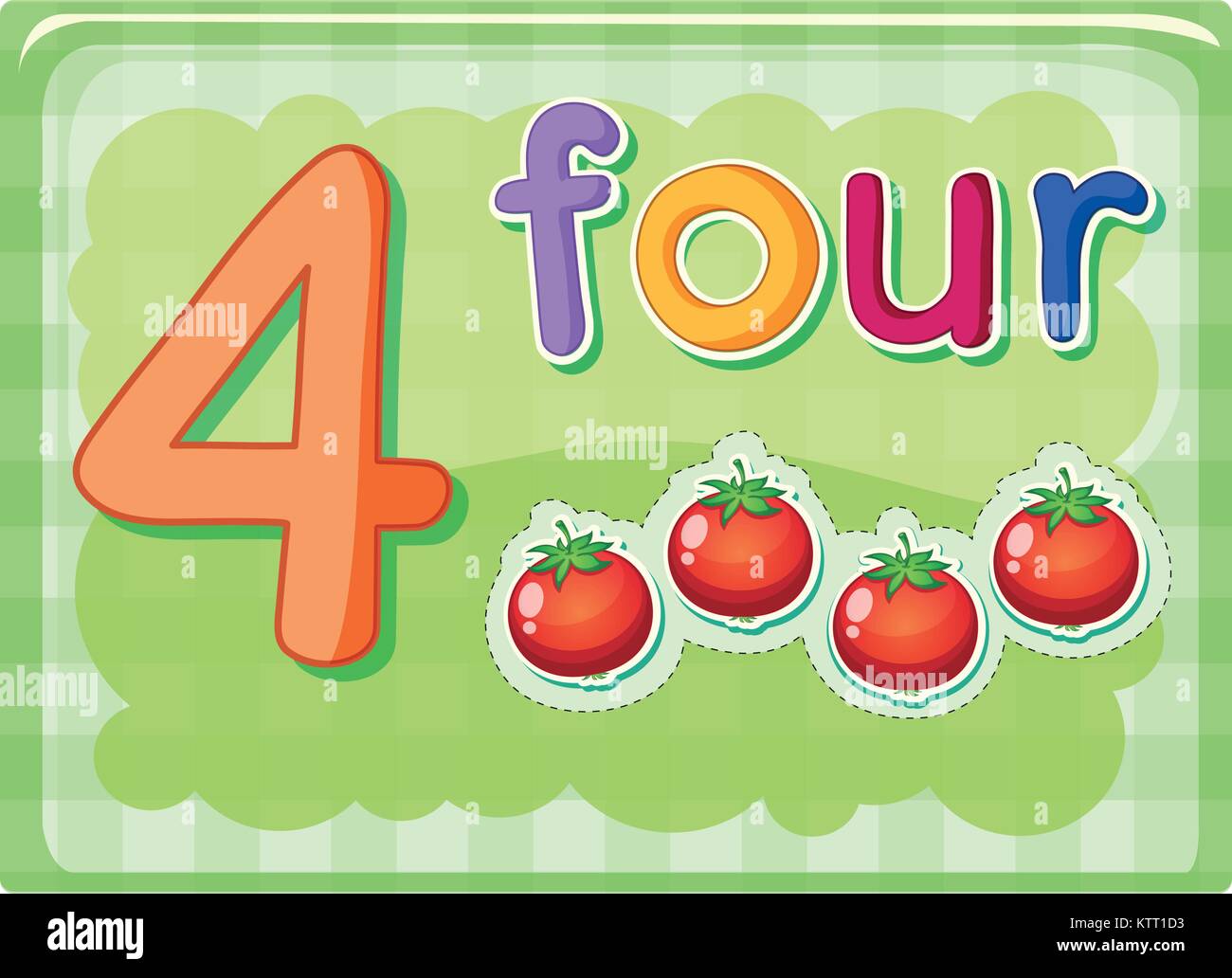Unraveling The Mystery: The "Four Girls Fingerprint" Phenomenon
The phrase "four girls fingerprint" sparks immediate curiosity, conjuring images of a puzzling enigma or a fascinating scientific anomaly. It's a term that has woven its way into online discussions, often leading to a mix of intrigue and confusion. But what exactly does it refer to? Is it a groundbreaking discovery in biometrics, a perplexing internet challenge, or something entirely different? This article aims to peel back the layers of this intriguing phrase, distinguishing between common misconceptions and the underlying realities, ensuring you navigate the digital landscape with clarity and confidence.
In the vast expanse of the internet, where information flows freely and context can often be lost, certain phrases take on multiple, sometimes contradictory, meanings. "Four girls fingerprint" is a prime example, a term that can lead searchers down two very distinct paths. One path delves into a captivating, albeit scientifically debunked, viral claim about identical biometric markers. The other, unfortunately, leads to a disturbing corner of the internet associated with shock content. Understanding these distinctions is crucial for anyone seeking accurate information and aiming to maintain a safe online experience.
Table of Contents
- The Allure of "Four Girls Fingerprint": A Digital Enigma
- The Science of Uniqueness: How Fingerprints Work
- Debunking the Myth: Can Four Girls Share One Fingerprint?
- The "Four Girls Finger Paint" Conundrum: A Separate, Disturbing Reality
- The Psychological Appeal of Viral Claims
- Protecting Yourself Online: A Guide for Digital Citizens
- Beyond the Hype: The True Value of Fingerprint Science
The Allure of "Four Girls Fingerprint": A Digital Enigma
The phrase "four girls and one fingerprint" might sound simple, yet it carries a weight of intrigue and curiosity. It refers to a viral internet trend, a concept that gained momentum on social media platforms, specifically centered around a claim that defies scientific understanding. This assertion, at its core, revolves around a group of four individuals, purportedly girls, asserting they possess identical fingerprints. Imagine four girls, each with their own secrets, and one single fingerprint that could change everything. This idea, while captivating, immediately raises eyebrows among those familiar with the fundamental principles of forensic science.
The digital age thrives on novelty and the seemingly impossible. A claim as extraordinary as four individuals sharing the exact same fingerprint naturally captures widespread attention. It becomes a talking point, a challenge to established knowledge, and a source of fascination for those unfamiliar with the intricate science behind human identification. This phenomenon highlights how easily unverified claims can spread and become ingrained in public consciousness, even when they stand in direct opposition to well-established scientific facts. The allure lies in the idea of a shared, unique identifier, a bond that transcends typical individuality, making the "four girls fingerprint" concept a compelling digital enigma.
The Science of Uniqueness: How Fingerprints Work
Before we dive deeper into the "four girls one fingerprint" phenomenon and why it's a myth, let’s take a moment to understand how fingerprints work. Fingerprints are the unique patterns of ridges and valleys on the tips of our fingers. These patterns are not just random lines; they are complex formations that serve as one of the most reliable forms of personal identification known to humanity. The science behind them, known as dermatoglyphics, has been studied for centuries and forms the bedrock of forensic investigation and biometric security.
Formation and Individuality of Fingerprints
The journey of a fingerprint begins remarkably early, during the third to fourth month of fetal development. Within the womb, the basal layer of the epidermis grows faster than the dermis beneath it, causing it to buckle and fold, forming the intricate patterns we recognize as fingerprints. These patterns are influenced by a variety of factors:
- **Genetics:** While not directly inherited in a simple Mendelian fashion, genetic factors play a role in determining the general pattern types (loops, arches, whorls).
- **Environmental Factors:** The exact pressure, position, and growth rate of the fetus within the amniotic sac, even slight variations in fluid flow, can influence the precise formation of the ridges and valleys. This is why even identical twins, who share the same DNA, have distinct fingerprints.
- **Randomness:** At a microscopic level, the development of sweat glands and their ducts, along with the growth of capillaries, introduces an element of randomness that ensures no two fingerprints are ever exactly alike, even on different fingers of the same person.
This combination of genetic predisposition and unique environmental influences during development ensures that each individual's fingerprint pattern is distinct. The probability of two individuals, or even two fingers on the same individual, having identical fingerprints is astronomically low, often cited as one in many billions, or even trillions. This principle of individuality is fundamental to forensic science and makes the idea of "four girls fingerprint" a scientific impossibility.
The Immutability of Fingerprints
Once formed, fingerprint patterns remain constant throughout an individual's life, from birth until decomposition after death. This characteristic, known as immutability, is another cornerstone of their reliability for identification. Barring severe injuries that scar the dermis, or certain rare medical conditions, the patterns do not change. The ridges may become less prominent with age due to skin elasticity loss, or temporary changes might occur due to superficial cuts, but the underlying pattern remains the same. This permanence is what makes fingerprints such a powerful tool for law enforcement and security systems worldwide.
The consistency of fingerprints over time means that a print lifted from a crime scene decades ago can still be matched to an individual today. This immutability further reinforces why the claim of "four girls fingerprint" – implying a shared, unchanging pattern – fundamentally misunderstands the biological and statistical realities of human identification.
Debunking the Myth: Can Four Girls Share One Fingerprint?
Given the scientific explanation of fingerprint formation and individuality, the claim that "four girls" or any four individuals could possess identical fingerprints is unequivocally a myth. It defies the very principles of biology, genetics, and probability that underpin forensic science. The uniqueness of fingerprints is not merely a theory; it is a meticulously studied and empirically validated fact, relied upon daily in critical applications worldwide.
Forensic experts and biometric scientists consistently assert that the likelihood of two individuals having identical fingerprints is so infinitesimally small that it is considered practically impossible. Even in the case of identical twins, whose genetic makeup is nearly identical, their fingerprints are distinct due to the subtle variations in their prenatal environment. The intricate details of ridge characteristics, known as minutiae (such as ridge endings, bifurcations, and dots), are unique to each finger. For four different individuals to share the exact same pattern and minutiae in perfect alignment would require a statistical anomaly beyond comprehension.
The "four girls fingerprint" concept, therefore, falls squarely into the category of an internet hoax or urban legend. While it makes for an intriguing story, it lacks any basis in scientific reality. Such claims often gain traction due to a lack of public understanding of complex scientific principles, coupled with the internet's capacity to amplify sensational content, regardless of its veracity. It's a testament to the power of misinformation, demonstrating how a captivating narrative can overshadow established facts.
The "Four Girls Finger Paint" Conundrum: A Separate, Disturbing Reality
Adding another layer of complexity and, unfortunately, a darker dimension to searches related to "four girls fingerprint" is the existence of a completely separate and highly disturbing piece of internet content: "4 girls finger paint" or "4 girls fingerpaint." It is crucial to understand that despite the similar-sounding name, this is an entirely different phenomenon from the "identical fingerprints" claim, and it carries significant cautionary implications for internet users.
Understanding the "Shock Video" Phenomenon
The term "four girls finger painting" originated from a shock video that circulated online, depicting four women engaging in explicit and graphic acts involving feces and paint. This video, often referred to as "4 girls finger paint," gained notoriety for its controversial content, leading to its association with shock value and extreme content. It was originally shared online through the website 4girlsfingerpaint.com as early as December 2007. The video purportedly comes from a "scat film" and gained traction due to its shocking nature, similar to the earlier "2 girls 1 cup" video, which was widely memed and parodied.
The explicit nature of "4 girls finger paint" ensured its viral spread, often through word-of-mouth warnings or challenges to watch it. It was even mentioned by YouTuber PewDiePie in 2016, which contributed to its continued circulation throughout the 2020s, with TikTok users posting videos alluding to it or reacting to it. This content is not about artistic expression or a scientific anomaly; it is purely designed for shock value, and its graphic nature makes it highly inappropriate and potentially traumatizing for viewers. It's important to distinguish this from innocent searches for "four girls create unique and colorful fingerpaint art" or "experience the tranquility of finger painting with four girls in this peaceful video," which represent a wholesome activity often confused with the shock video due to similar keywords.
Navigating Online Content Responsibly
The confusion between "four girls fingerprint" (the scientific myth) and "4 girls finger paint" (the shock video) underscores the critical importance of responsible online navigation. When search terms are ambiguous or similar to known explicit content, users can inadvertently stumble upon highly disturbing material. It highlights the need for:
- **Critical Thinking:** Always question what you encounter online. If a search result seems too bizarre or too good/bad to be true, it likely is.
- **Contextual Awareness:** Understand that similar keywords can lead to vastly different types of content. A simple search for "finger paint" can yield wholesome art videos or, if combined with certain numbers or phrases, lead to explicit material.
- **Parental Guidance/Safe Search Settings:** For younger users, implementing strict safe search settings and parental controls is paramount to filter out inappropriate content.
- **Avoiding Curiosity Traps:** The internet is rife with "shock videos" designed to exploit curiosity. Resist the urge to click on links or search for terms known to lead to graphic or disturbing content, even out of morbid curiosity.
The existence of "4 girls finger paint" serves as a stark reminder that the internet, while a vast source of information and entertainment, also contains content that can be harmful. Understanding the distinction between a harmless scientific query and a dangerous shock video is vital for maintaining a safe and healthy online experience, especially when dealing with ambiguous search terms like "four girls fingerprint" or "four girls finger paint."
The Psychological Appeal of Viral Claims
Why do claims like "four girls fingerprint" – despite their scientific impossibility – capture the public imagination and spread like wildfire? The answer lies in several psychological factors that drive human curiosity and the dissemination of information, or misinformation, online:
- **Novelty and Rarity:** Humans are inherently drawn to the unusual, the unique, and the seemingly impossible. A claim of identical fingerprints among four individuals is so rare and defies conventional understanding that it immediately grabs attention.
- **Confirmation Bias:** People often seek out information that confirms their existing beliefs or desires. If someone is predisposed to believe in extraordinary phenomena, they might be more receptive to such claims without rigorous scrutiny.
- **Narrative Power:** A good story, even if untrue, is often more compelling than a dry scientific fact. The idea of "four girls, each with their own secrets, and one single fingerprint that could change everything" creates a dramatic narrative that is easily shared and remembered.
- **Social Contagion:** In the age of social media, information spreads rapidly through networks. If a few trusted contacts share something, others are more likely to share it without verifying its accuracy, leading to exponential growth in its reach.
- **Lack of Scientific Literacy:** A general lack of understanding about fundamental scientific principles, such as genetics and probability, makes individuals more susceptible to believing pseudoscientific claims.
These factors combine to create an environment where captivating, yet false, narratives can thrive, making it challenging for the truth to catch up. The "four girls fingerprint" myth is a perfect case study in how the human mind and digital platforms interact to amplify intriguing, but ultimately baseless, information.
Protecting Yourself Online: A Guide for Digital Citizens
In an era where terms like "four girls fingerprint" can lead to a maze of misinformation or disturbing content, being a savvy digital citizen is more important than ever. Here are actionable steps to protect yourself and ensure a safer online experience:
- **Verify Information:** Before accepting any extraordinary claim as fact, especially those defying scientific understanding, seek out reputable sources. Look for information from academic institutions, established scientific organizations, and credible news outlets. Cross-reference information from multiple sources.
- **Understand Search Engine Nuances:** Be aware that search engines use algorithms that can sometimes prioritize popular or trending content, even if it's controversial or misleading. Refine your search queries to be as specific as possible to avoid unintended results.
- **Utilize Safe Search Features:** Most search engines and browsers offer "Safe Search" or "Family Filter" options. Enable these settings to filter out explicit content, especially if children or vulnerable individuals use the device.
- **Be Skeptical of Sensationalism:** If a headline or claim seems designed purely to shock or provoke a strong emotional response, approach it with extreme skepticism. Sensationalism is a common tactic used to spread misinformation or lure viewers to inappropriate content.
- **Report Harmful Content:** If you encounter illegal, highly explicit, or genuinely harmful content, report it to the platform it's hosted on. Most social media sites, video platforms, and search engines have mechanisms for reporting inappropriate material.
- **Educate Yourself and Others:** The best defense against misinformation and harmful content is knowledge. Understand how algorithms work, how hoaxes spread, and the scientific facts behind common myths. Share this knowledge with friends and family.
By adopting these practices, you can navigate the complexities of the internet more safely, distinguishing between genuine information and misleading content, whether it's a scientific myth like "four girls fingerprint" or a disturbing shock video.
Beyond the Hype: The True Value of Fingerprint Science
While the "four girls fingerprint" myth captures fleeting attention, the true value and marvel lie in the actual science of fingerprints. Far from being a source of impossible shared identity, fingerprints are a cornerstone of modern security and justice systems. Their enduring uniqueness and immutability make them indispensable in numerous applications:
- **Forensic Science:** Fingerprints are one of the oldest and most reliable forms of evidence in criminal investigations. Latent prints left at crime scenes can link suspects directly to offenses, providing irrefutable proof that has solved countless cases globally.
- **Biometric Security:** From unlocking smartphones to controlling access to high-security facilities, fingerprint scanners are ubiquitous. They offer a convenient and highly secure method of authentication, replacing passwords and keys.
- **Identification and Records:** Fingerprints are used in national identification programs, for visa applications, and in various official documents to ensure accurate and unique identification of individuals.
- **Missing Persons and Disaster Victim Identification:** In tragic events where traditional identification methods are impossible, fingerprints can be crucial in identifying victims, bringing closure to families.
- **Medical Research:** While not for identification, the study of dermatoglyphics can sometimes offer insights into certain genetic conditions, though this is a specialized area of research.
The consistent reliability of fingerprints, based on decades of scientific research and practical application, stands in stark contrast to the fleeting, unscientific claims that occasionally surface online. The science behind them is a testament to the incredible individuality of human biology and its profound utility in safeguarding society. The fascination with "four girls fingerprint" might be about an impossible shared identity, but the reality of fingerprint science is about the profound, undeniable uniqueness of every single person.
Conclusion
The phrase "four girls fingerprint" serves as a compelling example of how a seemingly innocuous term can lead to a labyrinth of information, encompassing both intriguing scientific myths and disturbing online content. We've journeyed from the captivating, yet scientifically debunked, viral claim of four individuals possessing identical fingerprints, delving into the intricate science that proves such a phenomenon impossible. The uniqueness and immutability of our fingerprints are not just fascinating biological facts; they are the bedrock of modern identification and security, a testament to the profound individuality embedded within each of us.
Crucially, we also navigated the treacherous waters of "4 girls finger paint," a distinctly separate and highly explicit shock video that unfortunately shares keyword similarities. This distinction is vital for online safety, underscoring the necessity of critical thinking, responsible browsing habits, and a cautious approach to ambiguous search terms. As digital citizens, understanding these nuances empowers us to discern fact from fiction and to protect ourselves and others from harmful content. So, the next time you encounter a sensational claim or an ambiguous search term, remember the lessons from "four girls fingerprint": question, verify, and prioritize your safety in the vast digital realm. Share this knowledge with your friends and family to foster a safer online community, and feel free to leave a comment below with your thoughts or any similar online phenomena you've encountered!
- Jamie Siminoff
- Cierra Mistt Leaked
- High School Return Of A Gangster Manhwa
- Jayshree Gaikwad Hot Web Series
- Is Cal Raleigh Married

Four,4,number,design,collection - free image from needpix.com

Printable Number 4

Four 4 Numbers